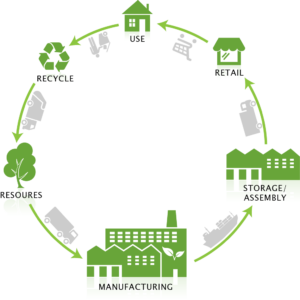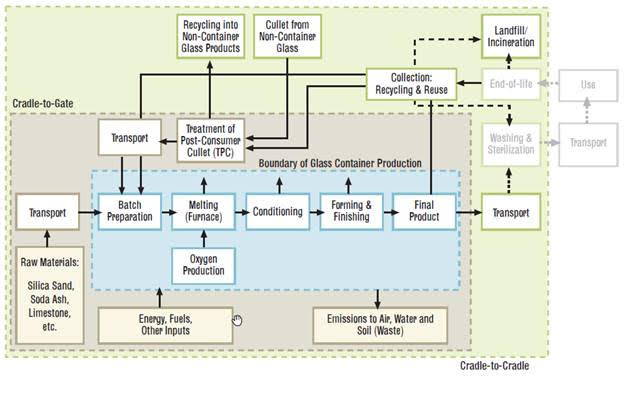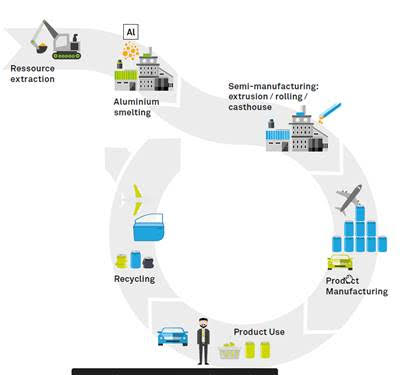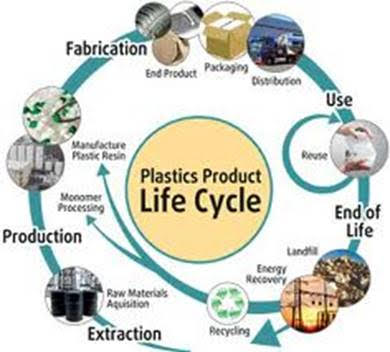Alternatives to Single-Use Plastic: What’s More Sustainable?
June 18, 2020
It is no longer enough for a brand to focus solely on functionality or emotional appeal. Today’s consumers also expect social responsibility from businesses. With increased media scrutiny on plastic packaging, many consumers are seeking out products they believe to be more sustainable than single-use plastics. However, truly sustainable packaging decisions are more complex than replacing one material with another. As sustainable packaging leaders, we have a responsibility to help people understand that there is more to sustainability than shifting away from plastics entirely.
The Challenges of Recycling
There are more than 19,492 municipalities in the United States, and each of them has its own recycling rules and infrastructure (or lack thereof). There isn’t a nationally consistent approach or solution to the end-use of recyclable plastic. Replacing single-use plastic with recyclable plastic is an excellent start, but does not always result in a lessened environmental impact. Some producers are turning to other materials such as glass to try to combat the “plastic problem”, only to learn that they are actually widening their environmental footprint.
Put simply, eliminating plastics will not solve the environmental crisis we are facing.
Packaging & Food Waste
Using more packaging than a food product needs creates waste across the whole production process. However, underpackaging can create waste from food spoilage or damage caused by a lack of structural protection.
According to the Food and Agriculture Organization of the United Nations, roughly one-third of all food produced for human consumption is lost or wasted. Every year in the US alone, about 30-40% of the food grown goes uneaten. An incredible 58% of food produced in Canada is wasted.
While we may not see the environmental impact of scraping our leftovers into the garbage or compost, it is certainly something we need to understand: food waste is a much greater contributor to climate change than plastics.
When food ends up in a landfill, it rots and produces methane—one of the most destructive greenhouse gases. Methane is 21 times more harmful to the environment than carbon dioxide, which is the gas most commonly emitted by the creation of plastic. Additionally, ten times more resources (materials, energy and water) are used to make and distribute food than are used to make the packaging to protect it.
So, what do we know so far in terms of the impact of plastic packaging on fresh food?
Studies have shown:
- Cucumbers wrapped in plastic last 14 days longer than unwrapped cucumbers
- Bananas wrapped in plastic last 21 days longer than their unwrapped counterparts
- Beef wrapped in plastic vacuum packaging with an oxygen barrier film lasts 26 days longer
- Selling grapes in plastic bags or trays has reduced in-store wastage of grapes by 20%
With food traveling an average of 4,200 miles from farm to consumer, it is no surprise that retailers and food processors are concerned with protecting the freshness of food as it travels.
Which Packaging Material is Most Sustainable? Paper vs Glass vs Aluminum vs Plastic
When comparing packaging materials, plastic is frequently compared to paper, glass, and aluminum. While this blog’s primary focus is food waste, it is valuable to compare the materials in a holistic sense.

Image source: pkgpackaging.com
Let’s start with paper, a popular retail alternative to plastic bags. Looking at the end-to-end lifecycle of paper, it takes four times as much energy to manufacture a paper bag as it does to manufacture a plastic bag. Paper bags also weigh more than plastic, meaning that transportation requires more energy, adding to their carbon footprint.

Image source: The Industrial Green Game
Glass is often thought of as a more sustainable material because it’s fully recyclable and can be recycled virtually endlessly without a loss in quality. However, there is one big, undeniable issue with glass: it’s heavy. The transportation of glass bottles requires significantly more energy than lighter forms of packaging. Glass is fragile, too; shippers can’t pack glass containers into a truck as tightly as some other materials. Similar to plastic, glass can be hard to recycle due to different regulations in different locations. When there is no local market for crushed glass, it is used as landfill cover to compact materials and help prevent windblown litter.

Image source: GPI
It is easy to transport aluminum cans because they are lightweight and can be packed tightly together. Additionally, aluminum, like glass, is 100% recyclable and can be recycled infinitely. However, in order to produce aluminum, manufacturers need bauxite, which is a mineral that is mined usually from remote areas. This is not only harmful to the environment but can lead to significant water contamination. The global production of aluminum consumes more than 3% of the world’s electrical supply, and aluminum cans account for about double the greenhouse gases of plastic bottles.

Image source: Constellium
When looking for a lightweight, efficient, cost-effective material, there is no doubt that plastic is a strongly preferable choice. A small amount of plastic packaging for fresh fruits and vegetables extends shelf life, and reduces both food waste and the land and water resources used to grow the food.
The U.S. economy loses more than $200 billion each year to food waste, which in turn is a significant contributor to global warming—far more than the packaging that contains it. While there is clearly still work to be done to reduce waste, plastic packaging helps mitigate the problem by preserving perishable foods and lengthening their shelf life.

Image source: Plastic Pollution Blog
As an industry, community, and as individuals, we need to work towards a more sustainable plastic lifecycle approach. Part of this solution includes developing a circular economic model where plastic is reused and recycled a lot more. The current lack of infrastructure across North America makes recycling difficult, but fixing this issue first can help address any negative impacts of plastic packaging on our environment.
Your plastic package can be more sustainable. Emmerson Packaging has been a pioneer in sustainable, recyclable, and biodegradable packaging since we launched SmartPack™ in 2008. Visit our Sustainability page to learn more about your environmentally friendly packaging options.


